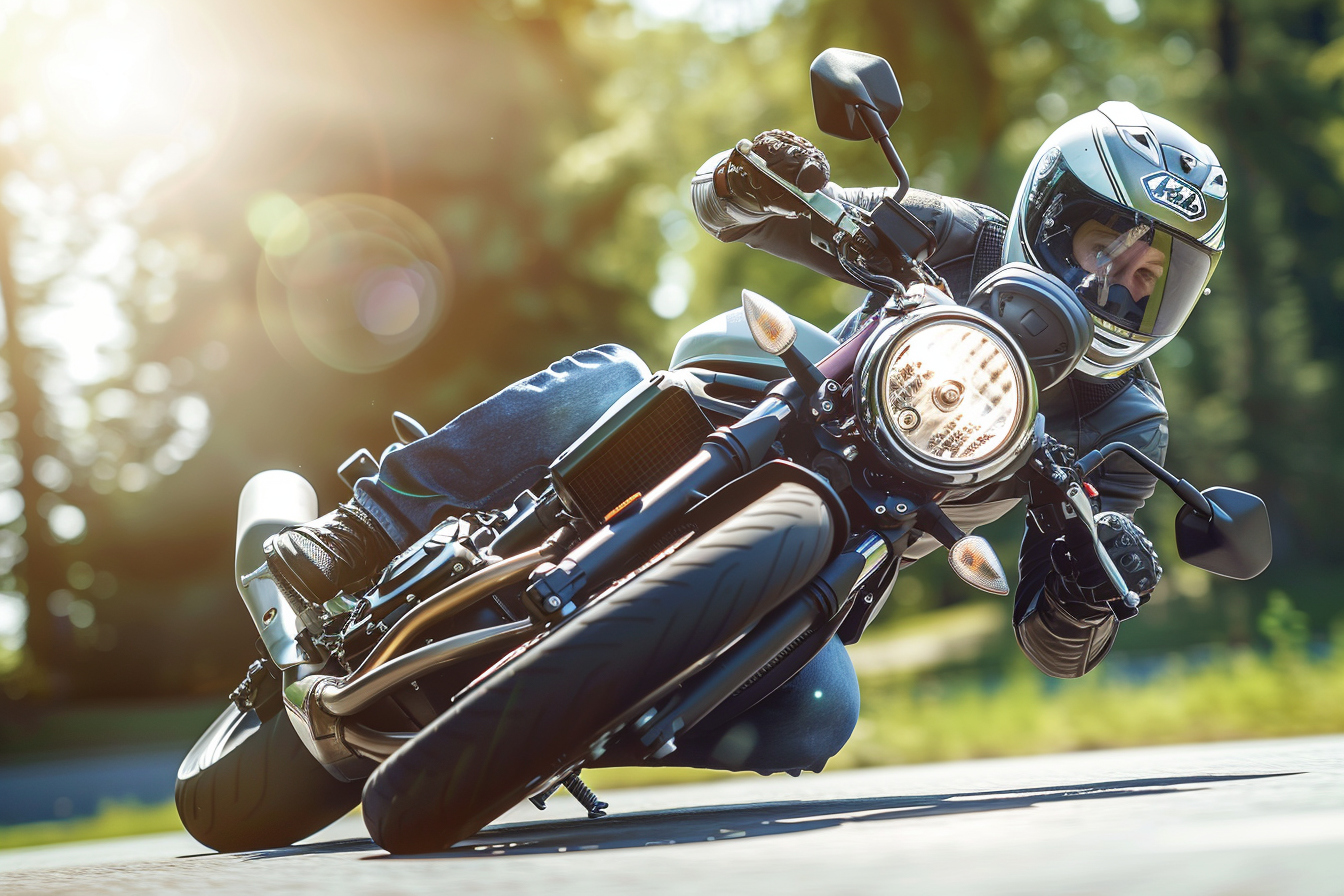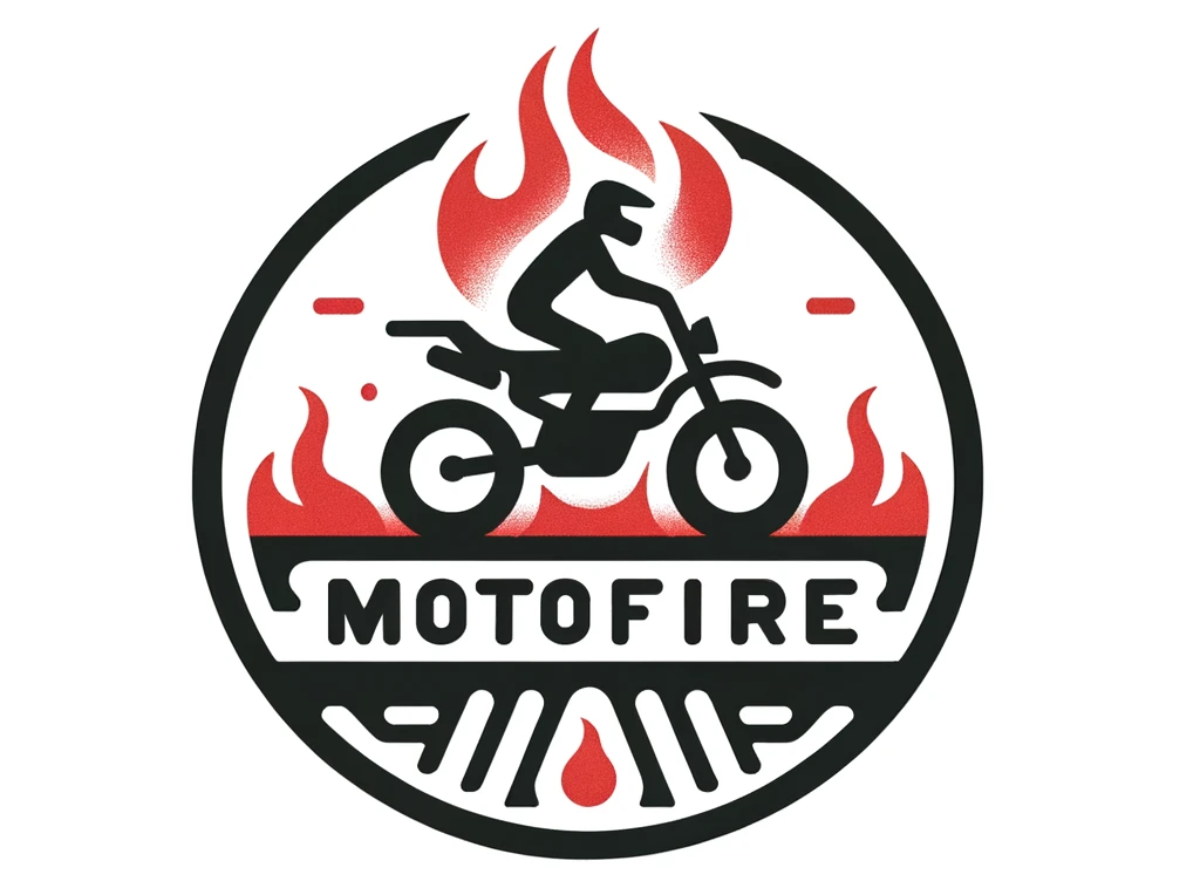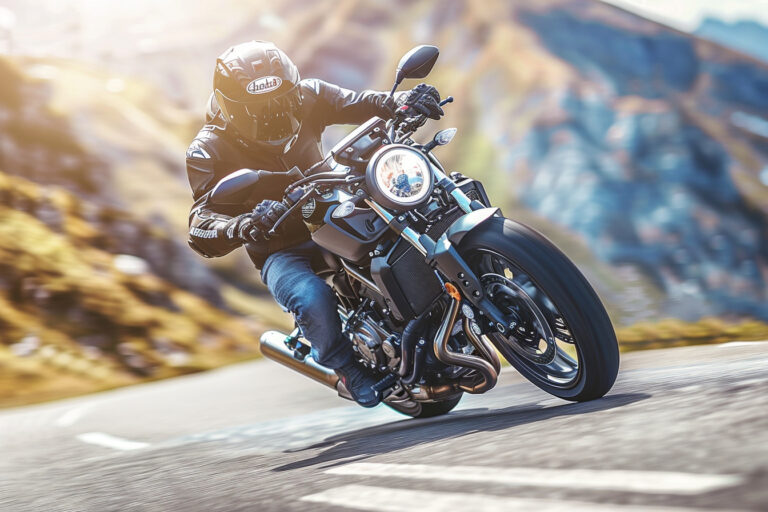What are the common challenges of learning to ride a motorcycle?

Understanding Motorcycle Controls and Mechanics
Riding a motorcycle requires more involvement with the machine’s controls compared to driving a car. New riders must become familiar with the clutch and gear system, throttle control, brake application, and how to monitor the instrument panel while maintaining focus on the road. Motorcycle controls can seem complex to beginners, needing both hand and foot coordination.
- Clutch Lever: Usually operated by the left hand, used for shifting gears.
- Throttle: Located on the right handlebar, controls the engine’s power.
- Front Brake: Operated by the right hand.
- Rear Brake: Controlled by the right foot.
- Gear Shift Lever: Used to change gears, typically operated by the left foot.
Mastering Balance and Coordination
Balance remains critical while learning to ride a motorcycle. Unlike cars, motorcycles require the rider to maintain balance during stops, starts, and at low speeds – when most falls occur. Coordination between throttle management, clutch control, and shifting gears is also pivotal and can be challenging for beginners to synchronise smoothly.
Overcoming the Fear of Falling
Fear of falling or crashing can be significant when you’re learning to ride a motorcycle. Developing confidence is key and comes with time and practice. Choosing an appropriate learning environment, such as a controlled, traffic-free area, can help new riders to slowly build up their self-assurance.
Navigating Traffic Safely
Once riders are comfortable with the controls and balance, the next challenge is navigating in traffic. Motorcycles are less visible to other drivers, and new riders must be hyper-aware of their surroundings to avoid accidents. Defensive driving techniques and constant vigilance are necessary skills to master.
- Checking mirrors frequently
- Anticipating the actions of other drivers
- Positioning oneself to be seen by other motorists
- Using turn signals early and visibly
Developing Situational Awareness
Motorcyclists must be aware of road conditions, weather changes, and potential hazards – such as potholes, slippery surfaces, and roadside debris. The ability to anticipate and react to these challenges quickly is crucial in ensuring rider safety.
Handling Varied Road Surfaces and Weather
Riding a motorcycle across different terrains and in varying weather conditions can be tough. New riders must learn to adjust their riding style to handle wet roads, gravel, sand, or uneven surfaces. Thus, understanding the impacts of weather and terrain on the motorcycle’s performance is essential.
Adjusting Riding Techniques for Safety
For example, on wet roads, riders need to increase their following distance, be gentler with the brakes and throttle, and steer more smoothly to reduce the risk of skidding.
Physical Demands and Fatigue
Motorcycle riding can be physically taxing. Long rides require endurance and strength, especially to withstand wind resistance and manage the bike’s weight. Fatigue can lead to loss of concentration and delayed reactions, so learning self-awareness and when to take breaks is crucial for any rider.
Building Physical Stamina and Ergonomics
Some techniques to prevent fatigue include:
- Exercising to improve physical fitness
- Adjusting the bike ergonomics to fit the rider comfortably
- Taking frequent breaks during long rides
- Staying hydrated and wearing proper attire
Riding a motorcycle comes with unique joys and challenges. Aspiring riders must be prepared to dedicate time to practice, learning, and personal development to overcome these challenges. The road to becoming a proficient motorcyclist is filled with learning curves but eventually leads to the rewarding freedom that two wheels can offer.






